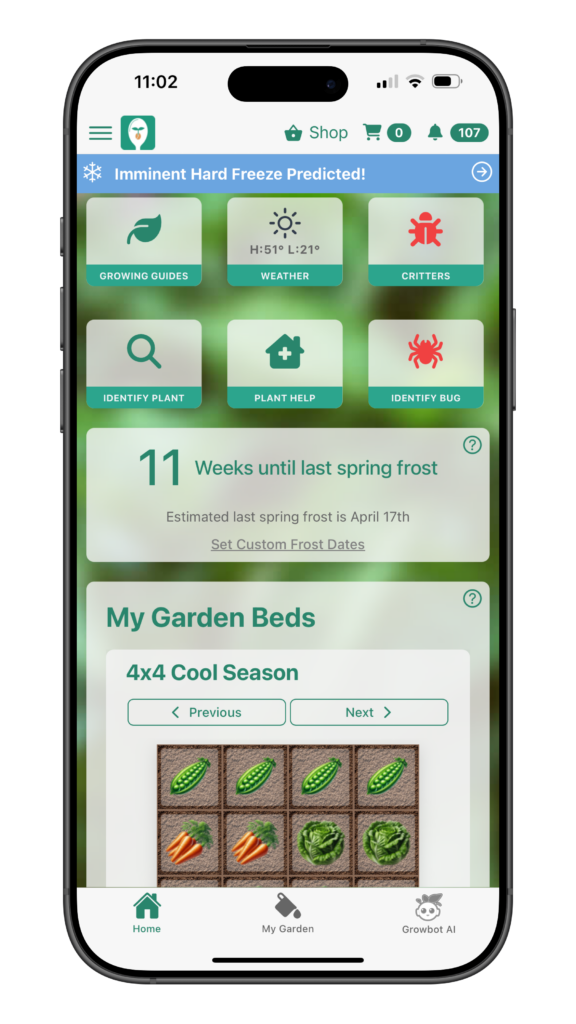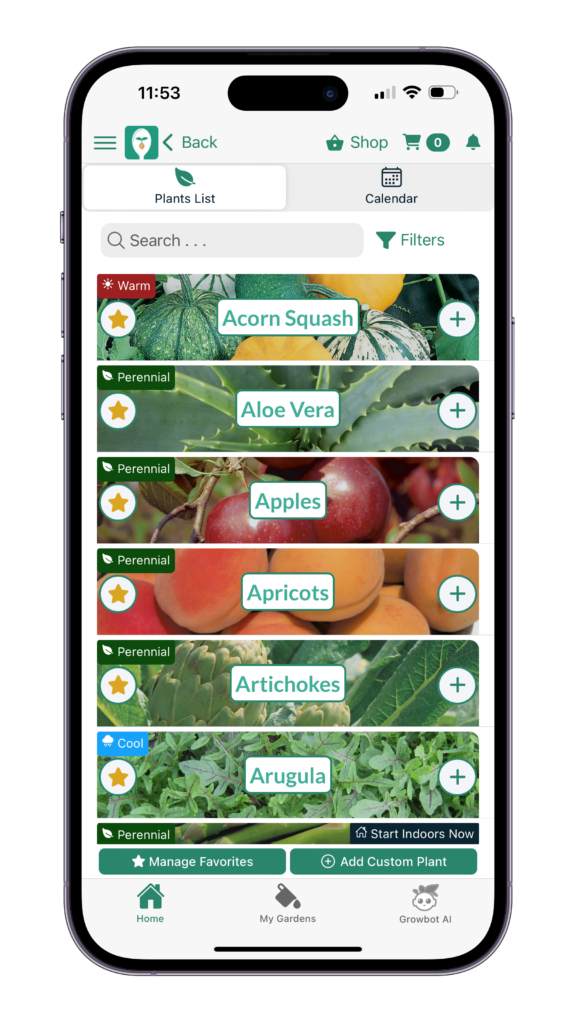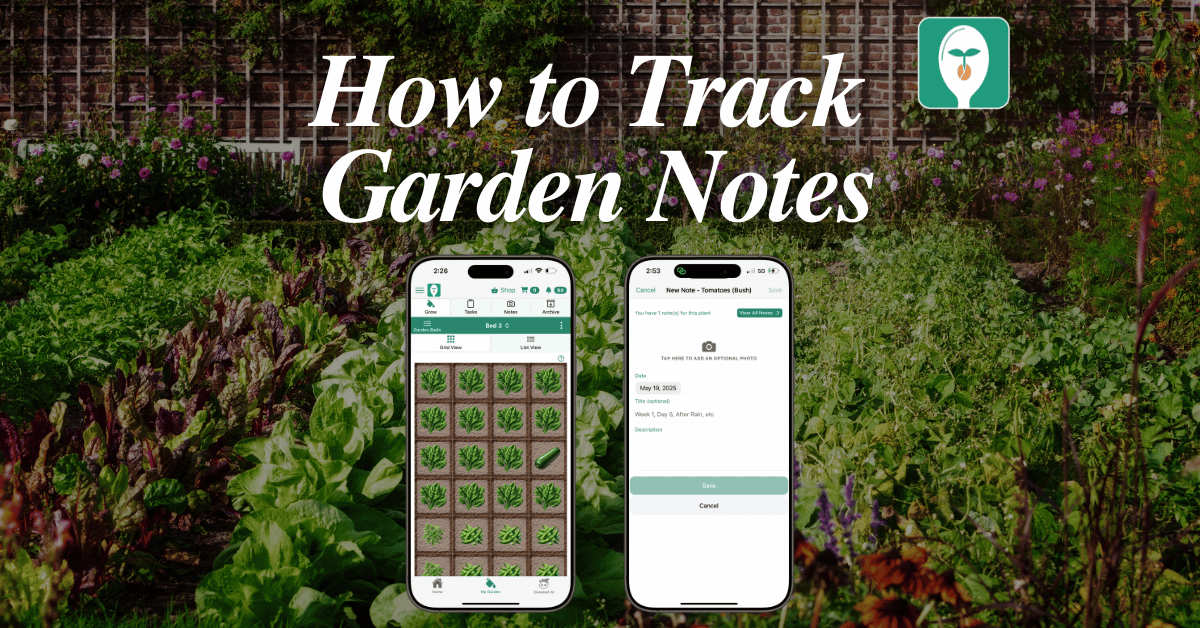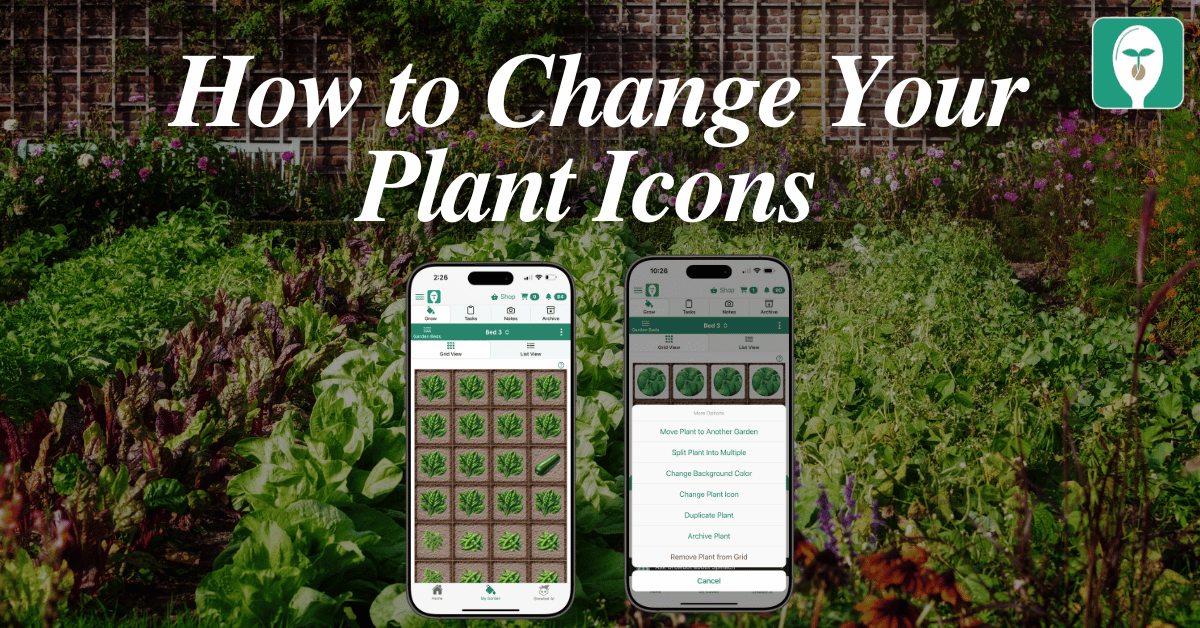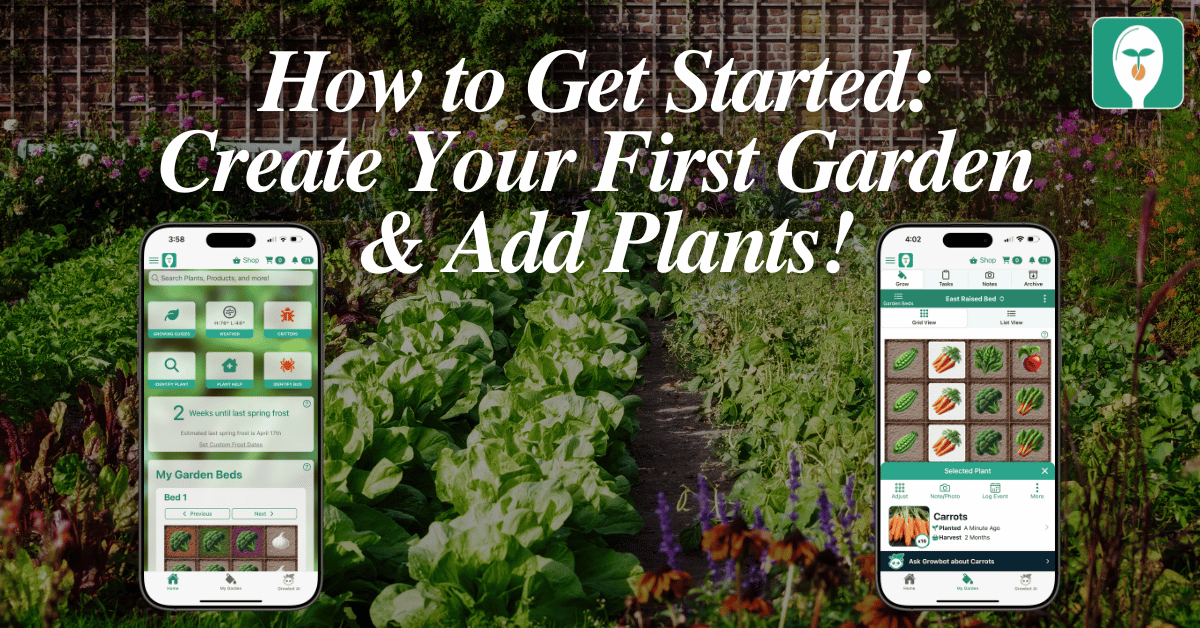Looking to extend your growing season or keep pests away from your crops? This easy DIY PVC dome hoophouse is one of our go-to solutions for protecting our garden through the seasons and you only need a few basic materials from your local hardware store!
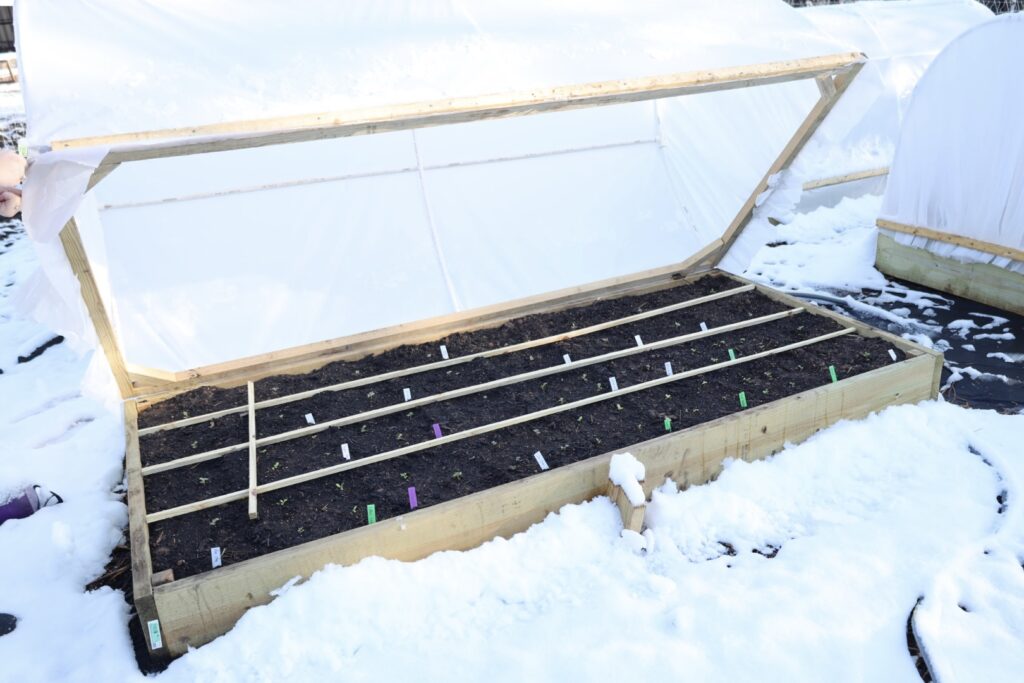
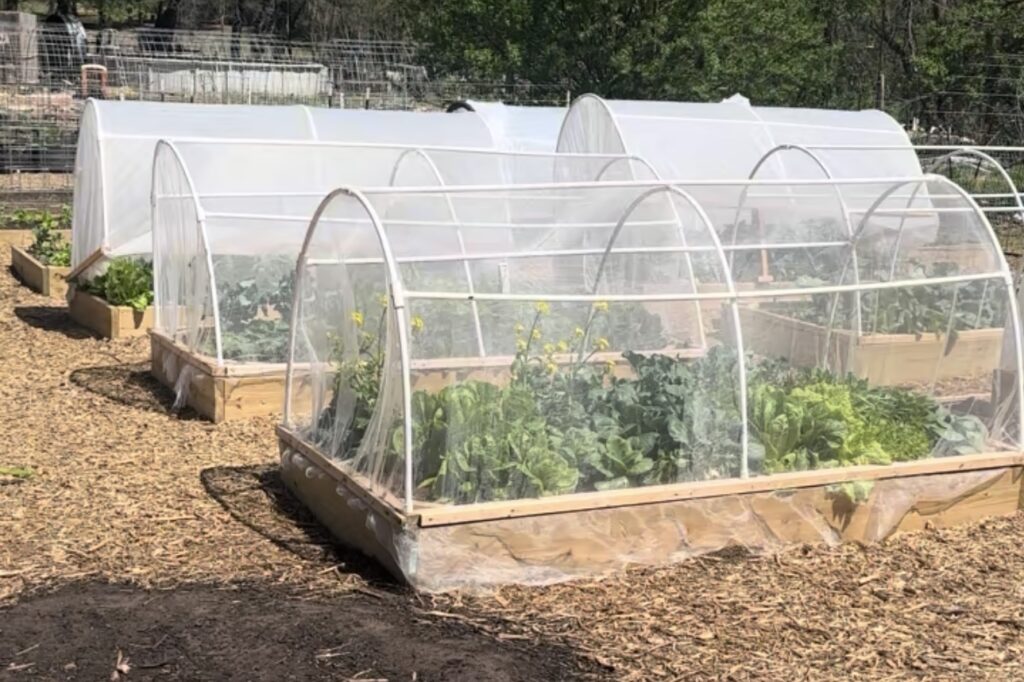
| Item | Description | Quantity |
|---|---|---|
| ½” PVC Pipe | 10-ft lengths | 6 |
| ¾” to ½” Reducer PVC T-Fittings | For side rails | 6 |
| ½” PVC End Caps | To anchor arches into the base | 6 |
| 2×4 Wooden Boards | For building the base frame | 2 (cut to fit bed) |
| Wood Screws | For securing wood frame and accessories | ~15 |
| Hinges | For attaching frame to raised bed | 2–3 |
| Zip Ties | For securing center to prevent sagging | Several |
| Plastic Sheeting, Frost Blanket, or Insect Netting | As a cover | Enough to fully drape the dome |
| Scrap Wood | To help hold the cover in place | Optional but helpful |
🧱 Step-by-Step Instructions
Step 1: Frame the Base
Build a rectangular base using 2x4s to match the size of your raised bed. This serves as the anchor for the PVC dome.
Step 2: Attach the Base to Your Garden Bed
Use hinges to connect the base to the raised bed. This makes it easy to flip the dome open when needed for access.
Step 3: Install the PVC End Caps
Attach one PVC end cap to each corner of the frame, and one centered on each of the long sides. These will hold the vertical arch pipes.
Step 4: Set the Vertical Arches
Slide one end of a PVC pipe into an end cap. Then slide three reducer T-fittings onto the pipe. Bend the pipe into an arch and insert the other end into the cap on the opposite side. Repeat this step for both corner arches. The middle arch doesn’t need any T-fittings—just insert it straight into the center end caps.
Step 5: Add Horizontal Support Pipes
Now run PVC pipe horizontally through the T-fittings, connecting one side of the dome to the other. These horizontal pieces give your structure strength and shape.
Step 6: Level and Secure
Make sure each arch and horizontal pipe is evenly placed and raised to the same height. Once aligned, screw the pipes into place at the fittings and corners to hold the structure steady.
Step 7: Prevent Sagging
Zip-tie the middle arch pipe to the horizontal support to prevent sagging in the center. Screwing is also possible, but zip ties avoid interference with cover materials.
Step 8: Add Your Cover
Choose your preferred cover – plastic sheeting for extreme temperatures, insect netting for pest control, or a frost blanket for winter protection. Drape it over the structure.
Step 9: Secure the Cover with Scrap Wood
We like to use leftover wood pieces to screw the cover down tightly along the base. When it’s time to change the cover, simply unscrew it and swap it out.
📸 Want to See It in Action?
We’ve built these hoophouses all over our garden, and they’ve saved our plants from frost, heat, bugs – you name it. Be sure to check out our video walkthrough to see exactly how it all comes together!
Learn more about growing over 100 different foods, including how to manage various pests in our FREE iOS, Android, or new Universal Web App!

Carrie Spoonemore, co-founder of “From Seed to Spoon,” stands as a beacon of inspiration for gardeners and health enthusiasts alike. Her journey alongside her husband, Dale Spoonemore, in creating a platform that demystifies gardening and promotes a healthier lifestyle, has made a significant impact on individuals around the globe. Through the “From Seed to Spoon” app, Carrie has dedicated herself to empowering people to take control of their health and environment by growing their own food.
With a profound belief in the power of gardening to improve mental and physical health, Carrie’s contributions to the Seed to Spoon blog reflect her holistic approach to wellness. Her articles often focus on the nutritional benefits of homegrown fruits and vegetables, organic gardening practices, and the mental health benefits of spending time in nature. Carrie’s expertise in health science shines through in her detailed discussions on how specific plants can contribute to a balanced diet and overall well-being.
Carrie’s passion for gardening is deeply intertwined with her commitment to family and community wellness. She frequently shares personal stories of how gardening has brought her family closer together, offering practical tips for involving children in gardening activities and making it a fun, educational experience. Her writing encourages families to explore gardening as a means of spending quality time together while learning about nature and sustainability.
In addition to gardening advice, Carrie’s contributions to the blog include insights into the use of technology to enhance the gardening experience. She has played a crucial role in designing the “From Seed to Spoon” app to be user-friendly, ensuring that users of all ages and backgrounds can navigate the complexities of gardening with ease. Her vision for the app is not just as a gardening tool but as a vehicle for change, inspiring individuals to adopt a more sustainable lifestyle by growing their own food.
Carrie Spoonemore’s presence on the blog is marked by her compassionate approach to teaching and her unwavering belief in the transformative power of gardening. Her work continues to inspire a community of gardeners to pursue a healthier, more sustainable way of living, proving that with the right tools and knowledge, anyone can become a gardener and advocate for their health and the planet.


